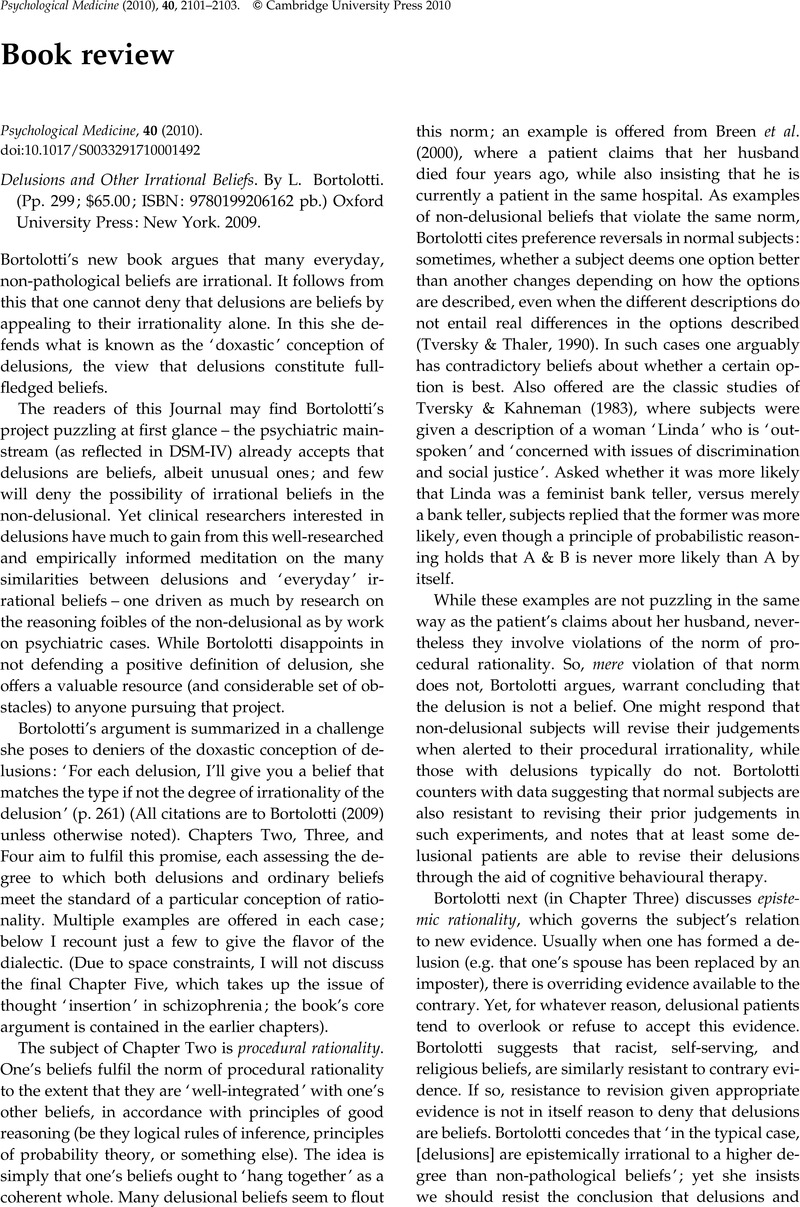Aronson, E (
1999). Dissonance, hypocrisy and the self concept. In,
Cognitive Dissonance: Progress on a Pivotal Theory in Social Psychology (ed.
Harmon-Jones, E. and
Mills, J.), pp.
103–
126.
American Psychological Association:
Washington, D.C.
CrossRefGoogle Scholar 